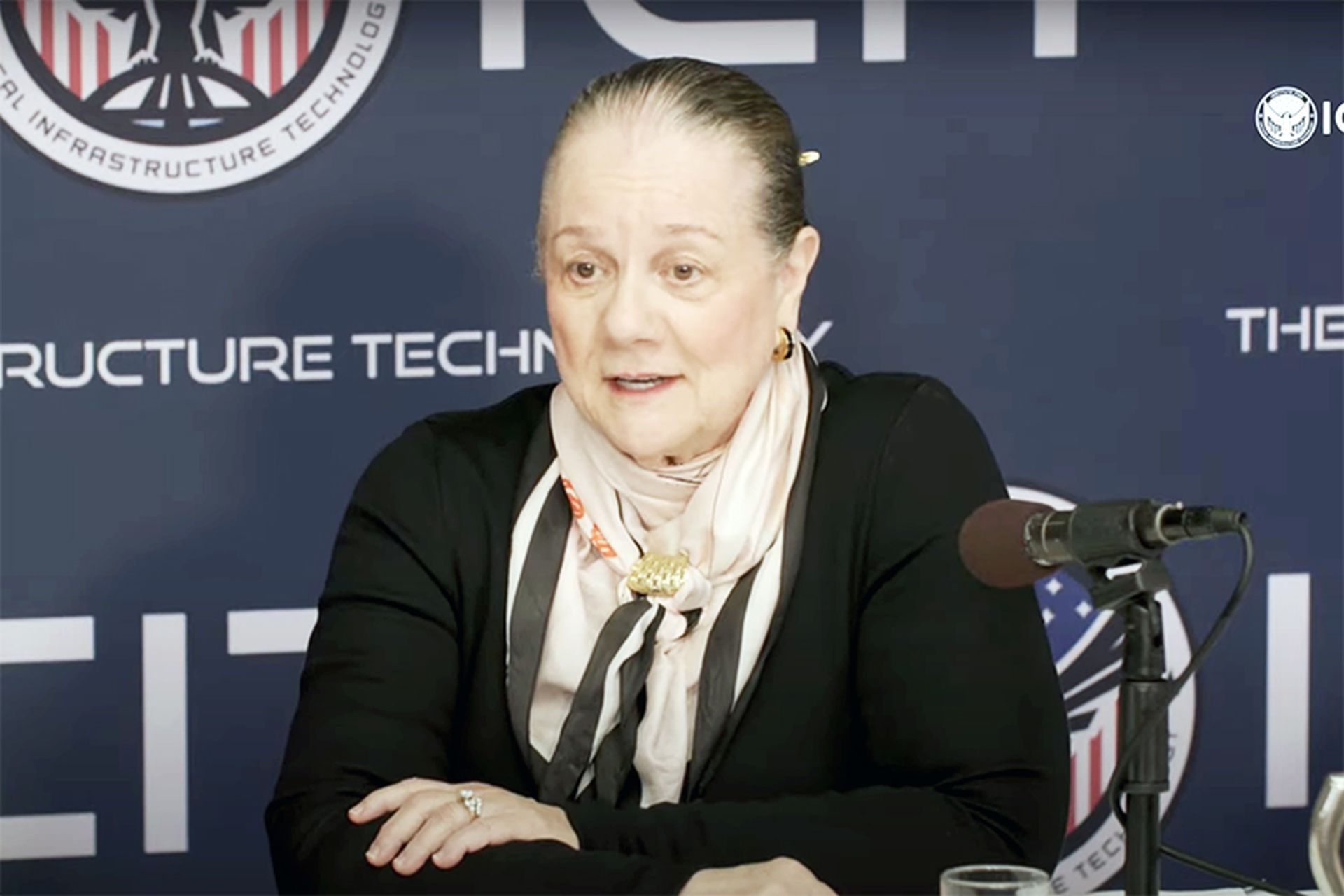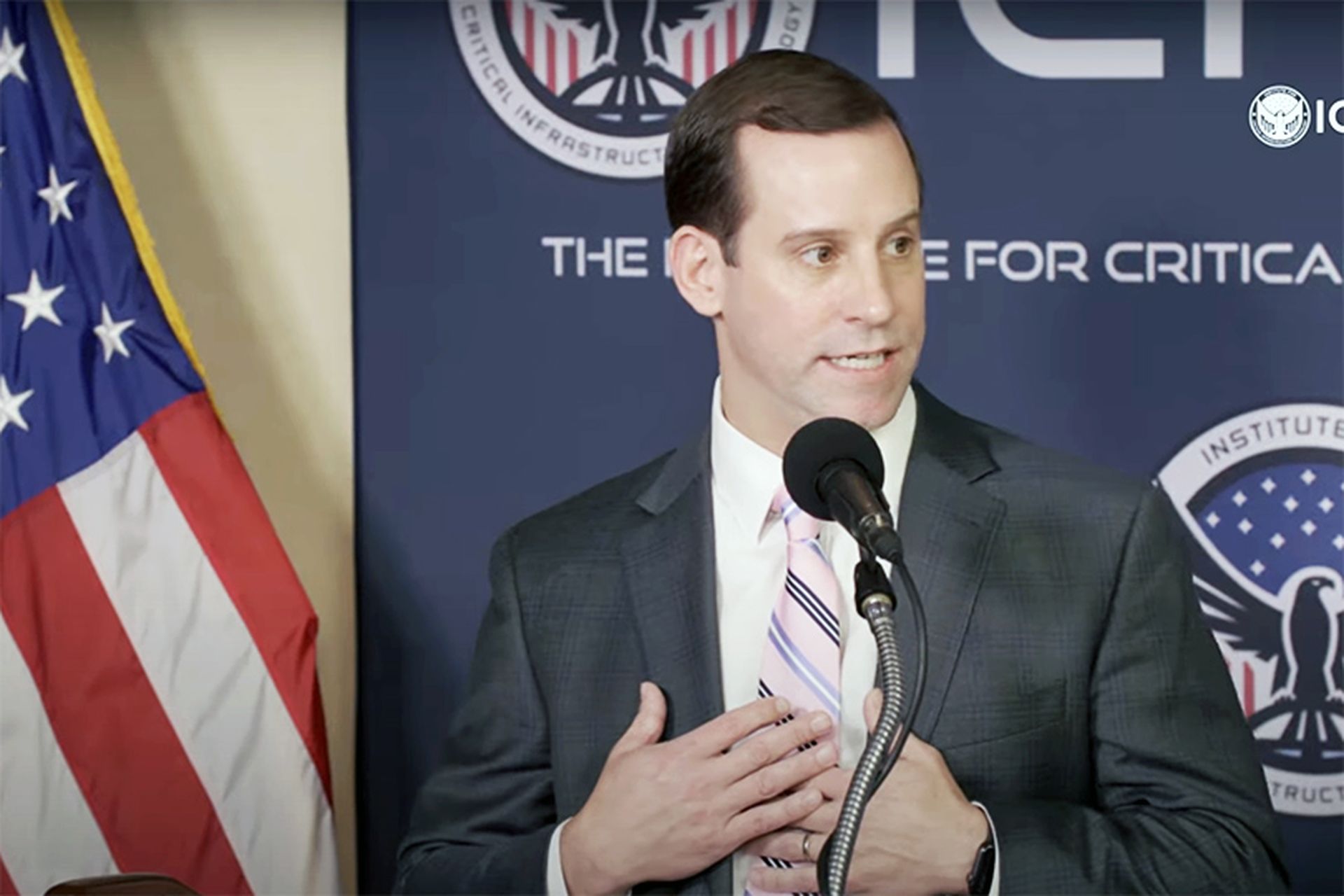In an era marked by escalating geopolitical tensions and rapid technological advancements, the resilience of the United States’
critical infrastructure has become a paramount concern. The Center for Federal Civilian Executive Branch (FCEB) Resilience stands at the forefront of efforts to modernize and secure the nation’s essential services. A recent panel discussion, moderated by
Glenn Corn, Senior Director of Geopolitics & Global Threat Assessment at the Institute for Critical Infrastructure Technology (ICIT), brought together leading experts to shed light on the center’s vital role.
Panel Composition and Expertise
The panel featured distinguished professionals, each bringing a unique perspective to the discussion:
•
Dana Madsen, Deputy Director of the Cyber Threat Intelligence Integration Center at the Office of the Director of National Intelligence (ODNI), provided insights into the intelligence community’s role in identifying and mitigating cyber threats to critical infrastructure.
•
Dr. David Mussington, Executive Assistant Director for Infrastructure Security at the Cybersecurity and Infrastructure Security Agency (CISA), discussed the agency’s initiatives in safeguarding infrastructure against both physical and cyber threats.
•
Paula Ann Doyle, a Fellow at the National Security Institute of George Mason University, offered an academic perspective on policy development and the importance of public-private partnerships in infrastructure resilience.
•
Gabriel Agboruche, Executive Director of Operational Technology & Cybersecurity at Jacobs and Industry Council at ICIT, shared industry viewpoints on implementing cybersecurity measures and the challenges faced by private sector stakeholders.
Key Themes and Discussions
The conversation underscored several critical themes essential to bolstering the nation’s infrastructure resilience:
1.
Integration of Intelligence and Infrastructure SecurityDana Madsen emphasized the necessity of seamless collaboration between intelligence agencies and infrastructure security bodies. By integrating intelligence insights with infrastructure protection strategies, the FCIRC can proactively address potential threats before they materialize.
2.
Public-Private PartnershipsPaula Ann Doyle highlighted the significance of robust partnerships between government entities and private industry. Given that a substantial portion of the nation’s critical infrastructure is privately owned, fostering trust and cooperation is imperative for effective security measures.
3.
Technological Modernization and CybersecurityDr. David Mussington discussed CISA’s role in promoting technological advancements to protect infrastructure. He stressed the importance of adopting cutting-edge technologies and cybersecurity practices to stay ahead of adversaries targeting the nation’s critical systems.
4.
Operational Technology ChallengesGabriel Agboruche addressed the complexities associated with securing operational technology (OT) systems, which are integral to the functioning of critical infrastructure. He pointed out that many OT systems were not originally designed with cybersecurity in mind, necessitating tailored strategies to protect them from modern threats.
The Path Forward
The panelists collectively agreed that The Center for Federal Civilian Executive Branch (FCEB) Resilience must continue to evolve to address the dynamic threat landscape effectively. This evolution includes:
•
Enhancing Information Sharing: Establishing mechanisms for timely and actionable information exchange between government agencies and private sector partners.
•
Investing in Workforce Development: Cultivating a skilled workforce capable of managing and responding to complex infrastructure security challenges.
•
Policy Development and Implementation: Formulating policies that promote resilience and adaptability in the face of emerging threats, while balancing security needs with economic considerations.
Conclusion
As the United States confronts an array of sophisticated threats to its critical infrastructure, the role of The Center for Federal Civilian Executive Branch (FCEB) Resilience is more crucial than ever. Through strategic collaboration, technological innovation, and steadfast commitment to security, the FCEB aims to fortify the nation’s essential services, ensuring their reliability and resilience for years to come.





